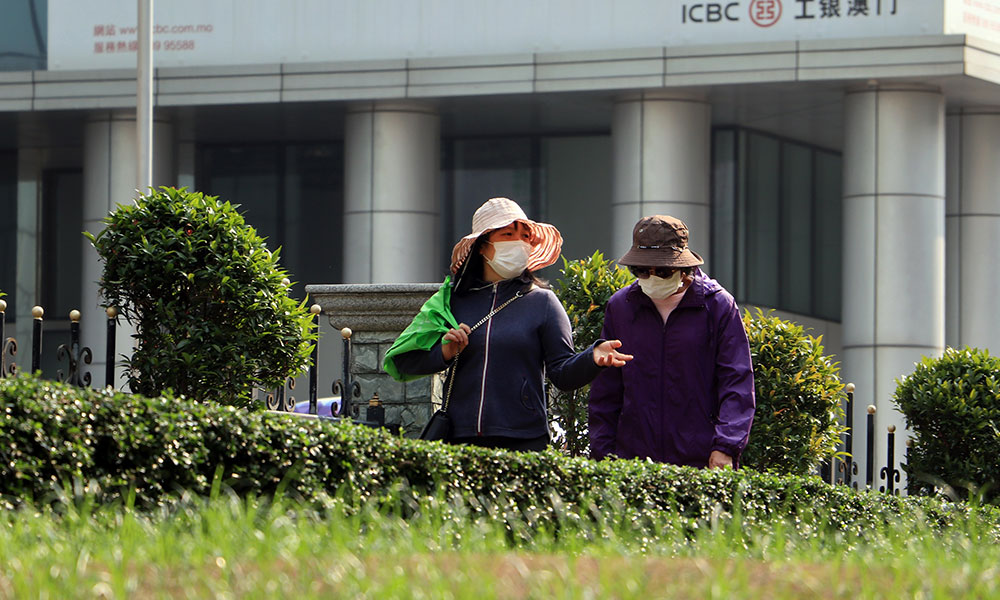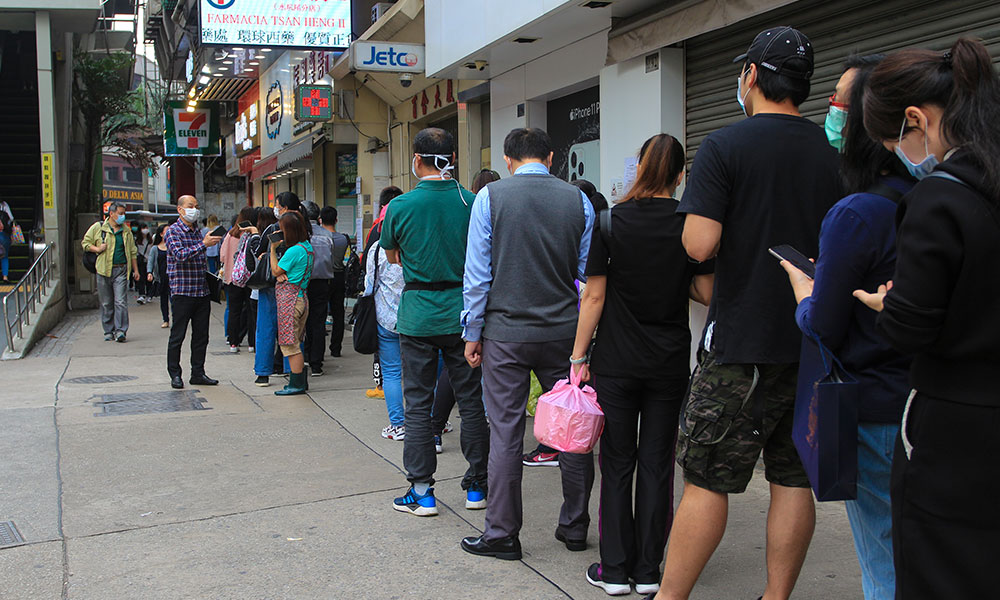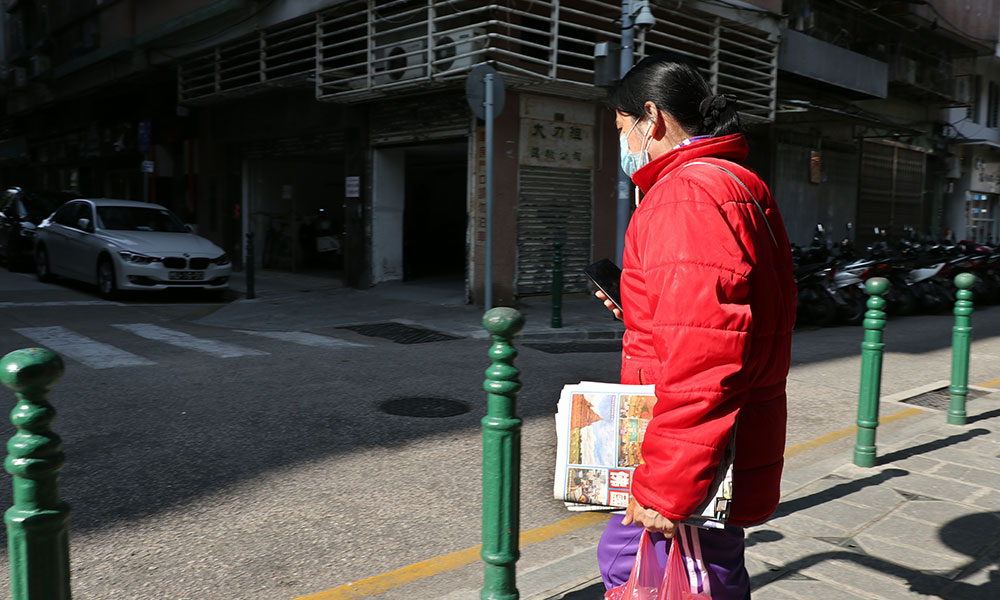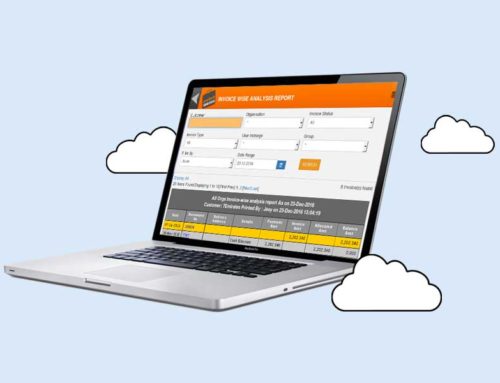China has ended its lock-down and is a step ahead of the rest of the world in terms of the COVID-19 cycle. China lock-down ended on 15 March 2020.
Whats insights can we learn from the Chinese experience in terms of its impact on retail? Can it help us understand the new normal? How does your business respond? What are the next steps?
“What are the best practices for retailers to deal with COVID-19?”
“Grocery Stores performed quite well since the restaurants were closed and people are eating at home. For instance, Hypermarket sales increased by 3-5%, community supermarkets increased by 30% -150%, and e-commerce fresh-food platforms tripled in sales.
In the beginning, the consumer snapped up frozen foods, rice, vegetables, grains, and oils, and then cooking products, such as condiments and dressing.

Retailers had to innovate business according to the changes in consumer needs. Due to the” Stay at home” policies, more consumers tend to use home-deliveries. Some large retailers have set up a lot of pickup spots around residential areas.
First, the employee protection and labor shortage. The first thing for retailers is to protect their employees as much as possible. This is because once employees in-store were infected by the coronavirus or infected customers were traced back to visiting the store. The store will be required to close by the government, which will have a great impact on retailers. Therefore, it is very important to protect employees and check the temperature of customers at the beginning.
“Are people shopping in stores, department stores, and shopping malls? Are people dining in restaurants?”
In the first stage, before March 15, everyone will go to hypermarkets and community supermarkets to shop. Thus, most department stores or shopping centers are required to close. Even when the department stores and shopping centers opened, there is no traffic. The sales fell dramatically, and most companies sold less than 10% of the past.
Before March, for some department stores, shopping malls, and specialty stores with strong digital capabilities, achieved some sales by online channels.
In the second stage, after March 15, the epidemic in China has gradually eased most of the previously closed stores have been reopened.
“According to our statistics, the opening rate of China’s supermarket industry has reached 95%, and the number of department stores and shopping centers has recovered to 85%”.

Although enterprises have begun to fully resume business, it takes time for consumer confidence to recover, and the traffic and sales of department stores and shopping centers have only recovered to 30-40% of normal. The challenges are still great.
In the catering industry, in the first stage. The restaurants were closed. Only a few restaurants provide home delivery services through the online platform. After March 15, the restaurants have been reopened, but most consumers did not come back.
On the one hand, the government requires that no more than 3 people sit at one table. On the other hand, for safety considerations, the consumers’ consumption reduced a lot. Restaurants are starting to sell “ready to eat” products, but sales are only 10% -40% of what they used to be.
“How did the pandemic affect China’s retail market, online and brick and mortar?”
“Affected by the epidemic, from January to February 2020, China’s total retail sales of consumer goods fell by 20.5%.”
Most supermarkets and hypermarkets have performed well. Hypermarkets have achieved a 35% growth. The sale of supermarkets’ fresh food groceries in smaller areas increased by 50%-150%, and the sales of fresh food online platforms tripled.
Online platforms such as Fresh Hippo, Tmall, JD.com deliver to home, experienced a surge in orders, in the early stage of the epidemic, they were unable to fulfill the orders.
Brick and mortar grocery stores’ home delivery business growth is also very fast in February, their home delivery business generally increased 80%-200%, whether big stores or small stores.
They have become a large or small pre-position warehouse. Department stores and shopping centers, specialty stores, sales are freezing. These industries are relatively less digitized, and when offline stores close, they have almost no sales.
Among these enterprises with better digital capabilities, some sales have been restored through online platforms, such as Rainbow a department Store in the south of China that has achieved 10% of the past sales through online platforms when all offline stores have been closed. For department stores, online sales were insignificant in the past things are changing now.

“How did Chinese consumers change their behavior under quarantine? Will these changes endure?”
First of all, in the past, consumers mainly purchased clothing, electrical appliances, and other non-food goods through online channels, but now more fresh foods are purchased, and more offline retail enterprises are needed to provide home delivery services.
Secondly, because of the continuing impact of the pandemic, consumers’ expectations of future income have declined, so unnecessary expenditure has been reduced. In addition, because many people work at home, the consumer demand for clothing has decreased a lot. As the epidemic has lasted for more than two months, consumer psychology and consumer behavior are also changing.
“In terms of food, consumer demand for taste will give way to health. Demand for the material will give way to creating a more comfortable home environment, so consumers will buy more household goods and fitness-related goods.”
“Are people wearing protective masks and gloves. How are consumers shopping differently?”
“Yes, almost everyone wears a mask.” “Now there are also some changes to supermarket shopping behaviors. If you go to the supermarket, you will prefer the time when there are fewer people, and if there are too many people in the supermarket, the store will also limit the flow.” “Another change is delivery to home services,… almost all supermarket delivery to a home business or online business is growing.
“What can we learn from new strategies tested in China by brands and retailers such as Nike during COVID-19?”
Generally, their sales during the pandemic fell sharply. Although the brands have begun to fully resume work. Consumption is far from recovery, which is similar to the situation in the department store industry. Some brands, with previous digital capabilities, are relatively strong. They were able to reach consumers without stores. Their sales were not bad.
So, brands with digital capabilities before were less affected in regards to their sales. They could maintain contact with consumers, lulu lemon, for example, stayed engaged with customers by offering free exercise classes online and home-based workouts. This has a positive effect on store sales when lock-down ended.
Opening Up for Business The New Normal.
How could Grocery Retail Operators Mitigate Impacts:
Larger sophisticated retailers should increase their online operations and work to streamline supply chains to keep up with the anticipated high demand from online shoppers.
Grocery chains should publish press releases and post notices at entrances as to how they are working towards mitigating impacts of COVID-19 through shortened business hours due to staffing increased hygiene practices (such as disinfecting stores frequently).

They should contemplate restricting store capacity (e.g. how many customers permitted at once) and consider introducing early morning senior-only/disabled shopping hours to enable at-risk sectors of society a chance to peruse freshly stocked shelves.
Introduce rationing for essential items such as toilet paper, hand sanitizer, soap, and food staples such as rice and pasta to prevent hoarding. Thus, enabling more consumers to access essential items.
Many grocery retailers are developing conspicuous striking initiatives that simultaneously assist shoppers and generate publicity. Examples of this include, a Danish grocer charging customers a regular price for the firsthand sanitizer and the secondhand sanitizer at a cost of around USD 100 to discourage hoarding. A UK supermarket offers consumers pre-packed food parcels that will contain an assortment of random, in stock, food essentials.
Grocery retail sales are likely to continue to surge as the outbreak continues. Which will bring challenges pertaining particularly to staffing? With layoffs possible from other retail sectors specifically F&B /entertainment/leisure, staffing departments at grocery stores should work closely with retailers to help gain skilled customer service personnel Retail outlets across.
How could Comparison Retail Operators Mitigate Impacts:
- Strengthen omnichannel platforms and utilize the uncertain period to develop an enhanced relationship between online sales and brick-and-mortar stores.
- Provide temporary discounts on online platforms to drive sales.
- Offer additional incentives such as removing/reducing free shipping minimum purchases. With both Italian and French luxury consumption and manufacturing hubs crippled by the outbreak. There could be potential for local/regional luxury producers less impacted to bolster production.
- Enhance customer relations by increased social media presence, such as frequent releases.

How could Food and beverage operators Mitigate Impacts:
Popular restaurants should continue to stay active on social media during this time to build relationships with consumers. Depending on interaction with consumers full-service restaurants could experiment with creating To-Go Menus to enable sales continuing during periods where dining areas remain closed.
In markets where restaurants continue to remain open, ensure that social distancing steps resulting in a lower density of diners.
For quick service/takeaway restaurants ensure that lines of communication remain open with customers and push heavily on social media presence to alert customers both new and old that you remain open for business – if sales begin to slow consider implementing discounts.
For those who do not yet offer home delivery, consider partnering with one/various delivery platforms in the market.
Conclusion
The digital and e-commerce revolution has been a growing retail trend for the last few years. COVID-19 has accelerated this across all sectors of the economy and has forced retailers to be more efficient. Underpinning this digital revolution, businesses need to have the right systems for this new World.
POSibolt not only provides its, customers, with great omnichannel capabilities but also with its cloud-based platform allows employees to be productive anytime anywhere.
Ready to scale your retail? Our team of POSibolt consultants are on hand to help you grow your business. Click on the link to request a callback: https://posibolt.co.za/contact/ or visit us at https://posibolt.co.za/







